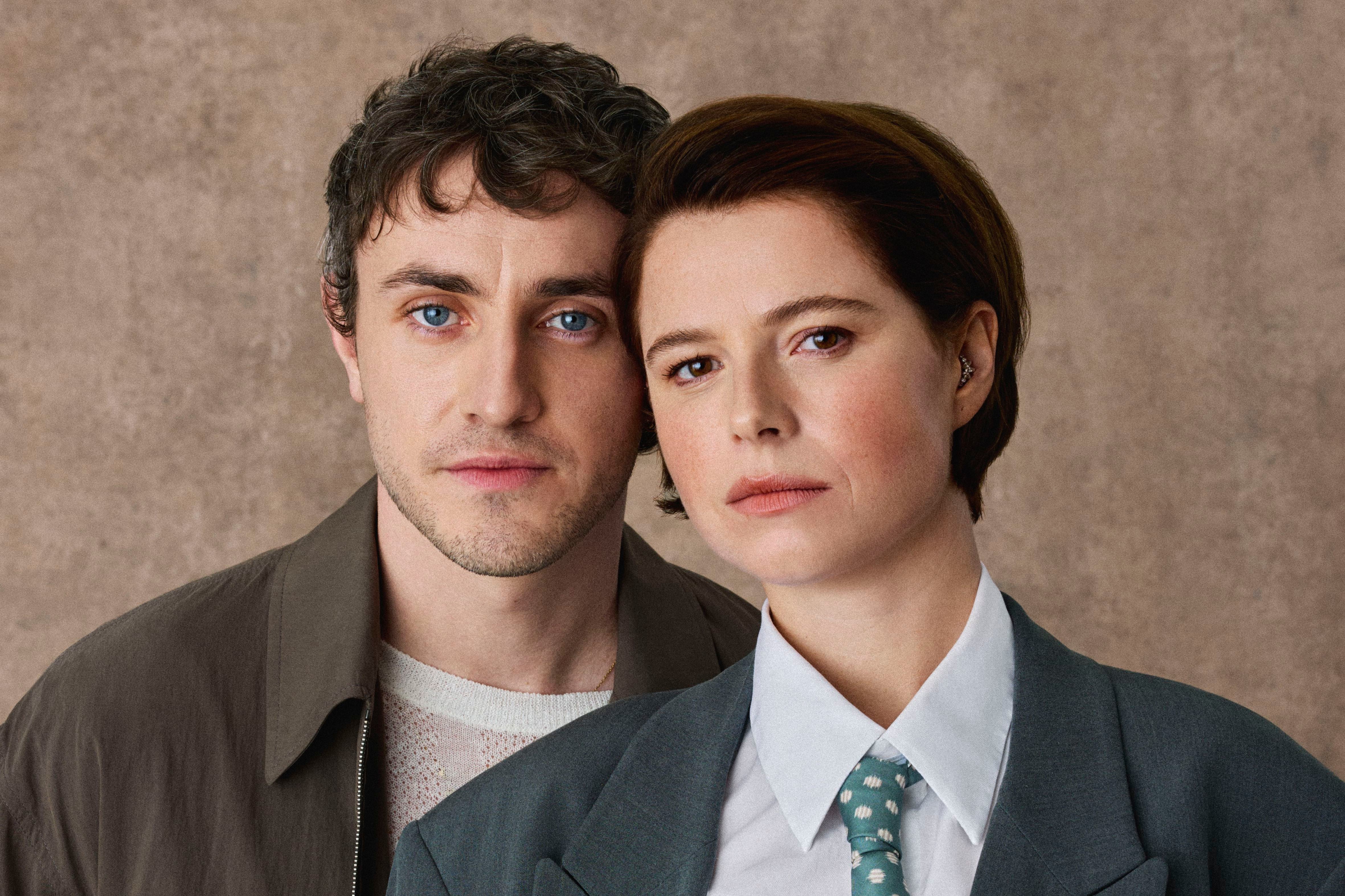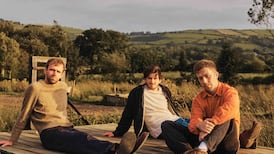Conor Hanratty didn’t see his first opera until he was in London for his 21st birthday. It was Puccini’s Turandot at the Royal Opera House, in Covent Garden, in Andrei Serban’s production, which was first seen in 1984 and is due to be presented for the umpteenth time next spring. It was a good place to start.
But, he says, “I went to London to see just about everything I could get away with or get a ticket for. I didn’t really realise that directing an opera could be a job until later in my 20s. I went to UCLA, to grad school to study theatre directing, words only. There was another student in the department who had forged a path directly for opera. Then, very conveniently for me, he graduated having made all these connections and opportunities for himself that then became available to me.”
His mentor there was Peter Kazaras, a tenor whose career took him from the Metropolitan Opera in New York to the Vienna State Opera and La Scala in Milan. He was “a really fantastic professor in the opera department”, one of whose goals was to forge links between opera and theatre. “He took a shine to the kind of work that I was trying to do, and he made me his assistant for production of Poulenc’s Dialogues of the Carmelites. That was the first opera I worked on. Something of a baptism of fire.
“I absolutely loved it. I had what ... I won’t call it a light-bulb moment, but I did sort of realise that working on this could align a lot of the things I was interested in, in terms of scale, in terms of music. I worked a lot on Greek tragedy, so here was another way to use a chorus – and it all came together very beautifully. It’s a door that opened to me, and I’ve been in there ever since.”
READ MORE
Hanratty says the transition between theatre and opera was pretty seamless. “If I say they’re chalk and cheese, that doesn’t mean that either is chalk or either is cheese. At the heart of both is telling a story, delivering the text, paying attention to what the creators might have had in mind.
“But people come into the room very differently. Theatre actors will come in having studied, and they’ll have loads of questions and loads of ideas, but they will probably not be off book or know their lines yet. Whereas opera singers usually by contract should know their music. If you learn to sing something, it’s in your body in a particular way. It’s very seldom that you have to try and get people out of whatever habits or coaching that they have built up. But they come in with something physical ready to go, and it’s a question of sculpting that.”
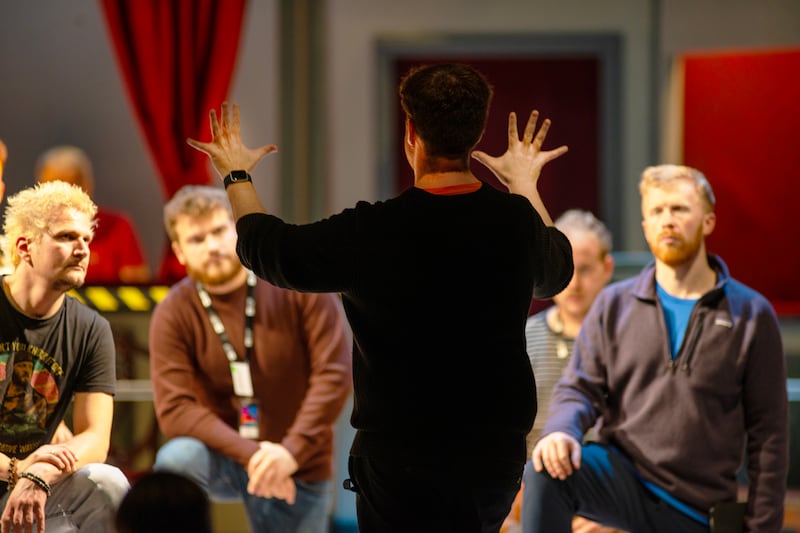
He explains how this manifested itself in his production of Terrence McNally’s Maria Callas-inspired play, Master Class, last year. “I had one star actress and three opera singers. She was absolutely captivated that these young people could come in and sing Bellini and Verdi, ready to go at 11 o’clock in the morning – while they were on the other side of the room looking at her timing and the way that she spoke. There was a trading of admiration, shall we say.”
Hanratty is working with both actors and singers again in his Wexford Festival Opera production of The Critic, a doubly Dublin opera, composed by Charles Villiers Stanford, who was born in Herbert Street in 1852, to words by Richard Brinsley Sheridan, who was born in Dorset Street in 1751.
The theme of this year’s Wexford programme is “theatre within theatre”. The full title of Sheridan’s play is The Critic: or, a Tragedy Rehearsed, and in Stanford the rehearsal is of an opera about the Spanish Armada.
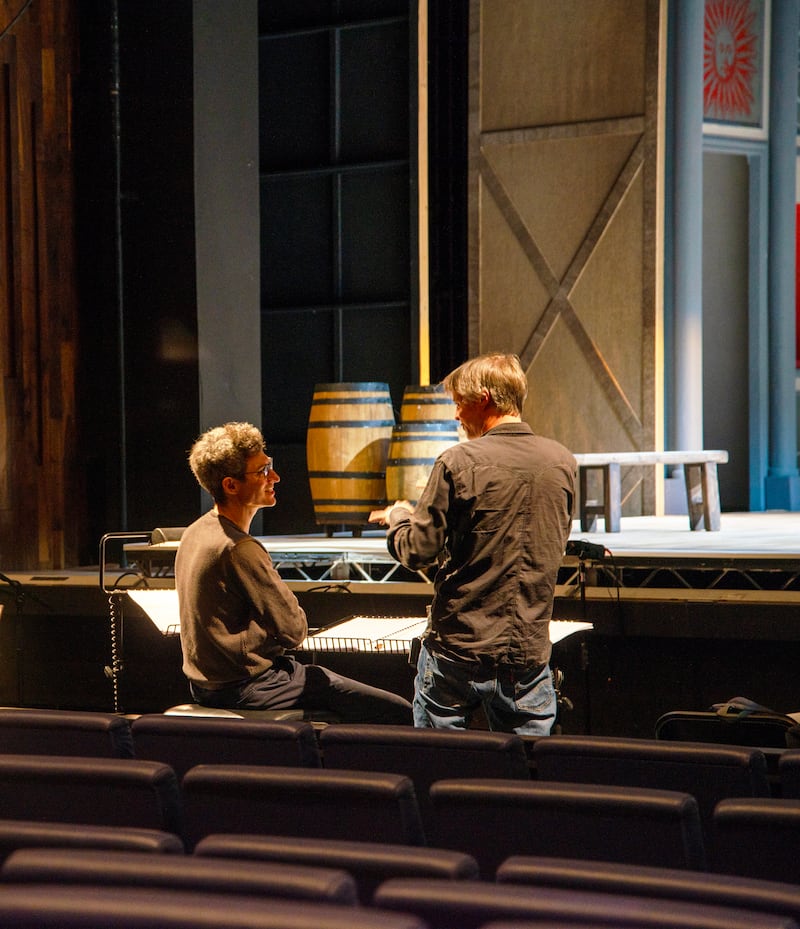
The actors, Hanratty says, come with “a knowledge of how cheeky and how greedy they can be in a Restoration comedy. At the same time they’re also looking at opera singers who come in and just give it socks. The singers are very glad that they don’t have to do too much talking. And the actors are delighted that they don’t have to sing. It sort of feels like I have two rehearsal rooms going at the same time.”
For Hanratty, “The music can give you a pulse, it can give you a rhythm and it can give you an insight into the background. Having whatever is going on underneath the words helps you dig down. What is very interesting to me is asking if characters in an opera can hear the music. Is it inside them? Is it their surroundings? Is it an underscore? It could be all of those things. And, if they are hearing the music, should they be moving in the same rhythm as it or should they not?”
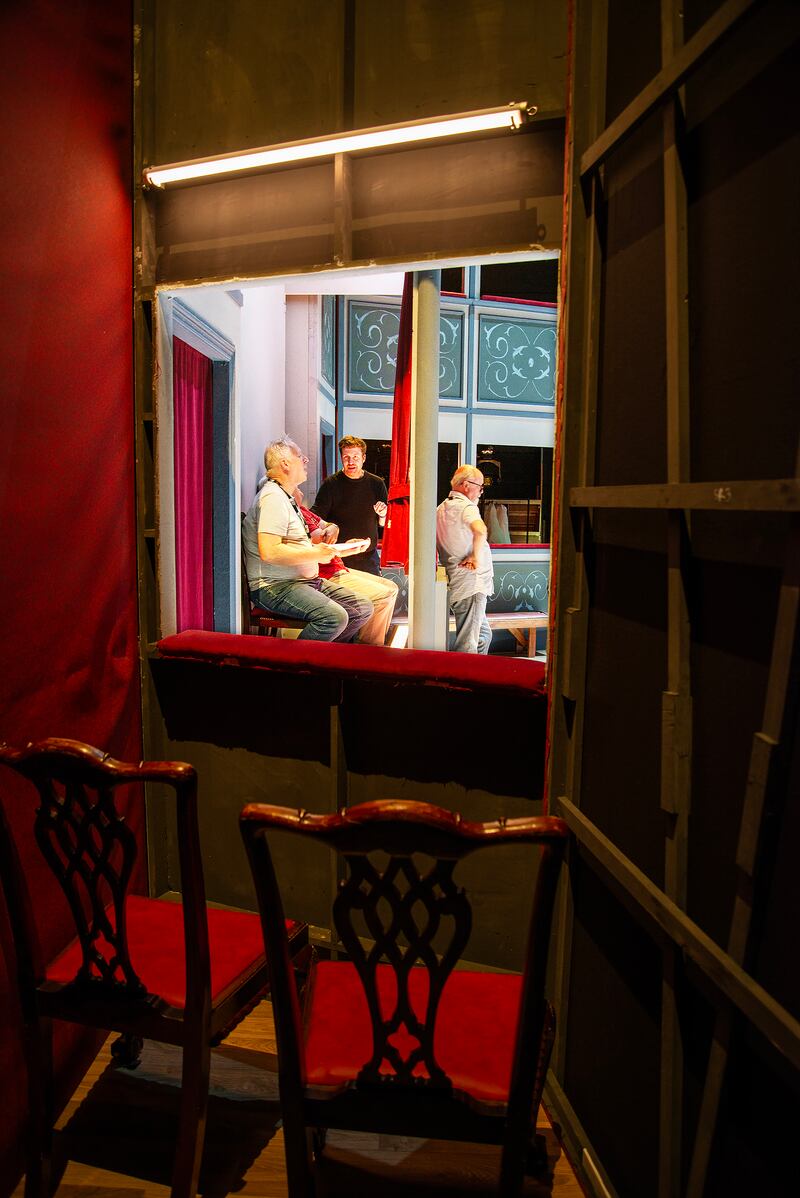
Stanford, who died in 1924, has long been celebrated for his Anglican church music; his operatic ambitions were fuelled by the great singers he heard in Dublin as a child. The Critic, which some advocates see as his best opera – Hanratty’s Wexford production is certainly the most important live staging of this centenary year – was first seen at the Shaftesbury Theatre in London in January 1916.
It has never been produced since, nor has it been recorded, apart from a short, long-out-of-print orchestral excerpt from 1916, with Stanford himself conducting. (A recording of Shamus O’Brien, Stanford’s 1798 Rebellion comedy, was issued earlier this year.) For Hanratty, who tracked down an LP reissue from 1974 of The Critic excerpt, the rarity is a positive. “There’s no reference. There’s no tradition that we need either to observe or ignore.”
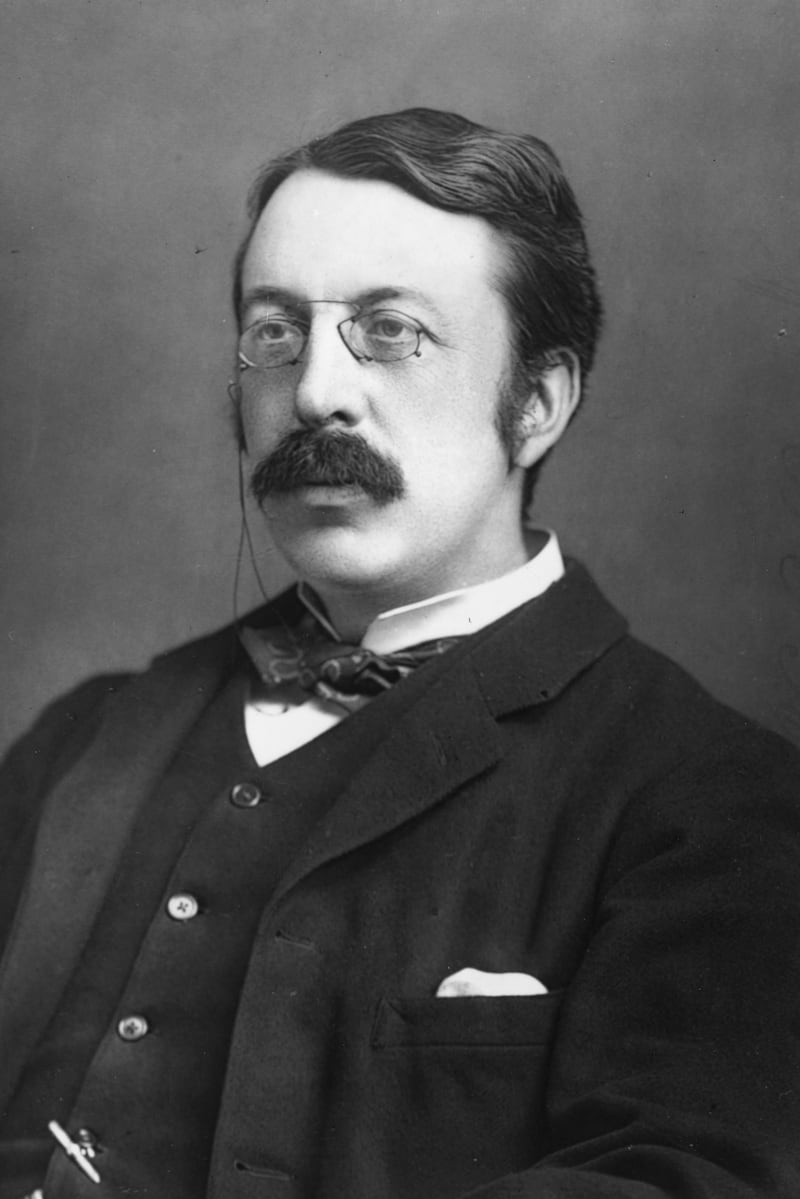
He is delighted that the production’s conductor, Ciarán McAuley, has been so meticulous, because the spoken dialogue is not precisely tied to the note values in the score. “In the vocal score that I have,” Hanratty says, “it gives you the first two words and the last two words of a speech. We have to negotiate that, because, when you get it right, sometimes the underscore to what they’re talking about actually enhances it in a really surprising way. So, talking about time on stage, there are certain moments when my beloved actors have precisely six or seven bars to say their speech. It’s quite new for them that they have no wiggle room. And when the timing is right it’s pretty exciting.”
Stanford, who had a great sense of humour – and also a dreadfully sharp, unfiltered tongue and pen – took the trouble to note: “This Opera is meant to be played, as the original piece should be, in all seriousness. Any attempt to treat it farcically only spoils the humour of the play.” The names, of course, set the tone. There’s Mr Puff, the author, Mr Dangle, the composer, Mr Sneer, the critic, and Mr Hopkins, the under-prompter. The singers all play characters in the dreadful nautical opera that’s being rehearsed.
Hanratty is wary about licence, too. “It’s much harder to stage something that is funny because things are going wrong. Because then you have to know how get it all correct and all wrong and also get the timing right. I mean, we could just, you know, have it be underrehearsed and it could absolutely collapse. But nobody’s going to enjoy watching that.”
He says he has found the piece “very charming” and some of the music “extremely compelling”. There are musical jokes by allusion, he says – a jibe at Stanford’s composer colleague and frenemy, Hubert Parry, quotations from his own work and the music of others, echoes of Wagner, Beethoven and Bach.
For Hanratty, with the vanities, foibles and power-play of theatrical personalities to the fore, the show feels like “a love letter to all the things we do and all of the little things we have to deal with on stage. There are a couple of in jokes, but they’re funny regardless. Because it is set loosely in an 18th-century theatre, we’re playing around with how performance would have been then.
“We have a row of footlights and we have some very gung-ho performers who are doing a lot of posturing and swaggering. And then there is the great fun of the staging of the Spanish Armada with a sea battle – and, thanks to Sheridan, we also have to stage a parade of numerous rivers.”
By the end of it, he says, “one does get a sense of who the real artist at work is. It’s really interesting then that Stanford has made an opera about the balance of words and music in which the music wins and the words are welcome. But he does end with 10 minutes of music. So what to make of that?” He wonders if it might be an arch comment or “perhaps just a very exuberant and brilliant composer doing what he loves to do. With or without those pesky words”.
Wexford Festival Opera 2024: This year’s other works
Le Maschere, by Pietro Mascagni (1863-1945)
Pietro Mascagni is famous for Cavalleria Rusticana, his one-act verismo opera from 1890. Le Maschere (The Masks) is entirely different. In it he rebelled against the fact that, as he put it, “Nowadays the public goes to the theatre to be distressed, to ruin its digestion with violent emotions; we composers no longer know how to laugh on the stage.” Simultaneous premieres in six Italian theatres on January 17th, 1901 (with Caruso and Toscanini involved at La Scala) didn’t amuse audiences, and it’s only in recent decades that the commedia dell’arte style of the piece has gained traction. Direction and designs by Stefano Ricci. Francesco Cilluffo conducts.
Le Convenienze ed Inconvenienze Teatrali, by Gaetano Donizetti (1797-1848)
In a work whose title has been variously translated (Conventions and Inconveniences of the Stage; Upstage and Downstage; The Prima Donna’s Mother Is a Drag) Donizetti pokes fun at the quirks of opera performance as he knew them in the 1820s. The outsize egos, the bickering about professional ranking and demands for new arias even see family members being roped in. Directed by Orpha Phelan, whose last comedy at Wexford, Félicien David’s Lalla-Roukh in 2022, was a huge success.
Smaller festival productions include Alberto Caruso’s Lady Gregory in America, William Niall Morris’s Puccini: Man of the Theatre, Leoncavallo’s Pagliacci and a community-opera production of Donizetti’s The Elixir of Love.
The Critic is at Wexford Festival Opera on Saturday, October 19th; Thursday, October 24th; Sunday, October 27th; and Friday, November 1st. The festival runs from Friday, October 18th, to Saturday, November 2nd. Michael Dervan’s one-act play in the form of an hour-long Impossible Interview with Stanford (played by Peter McCamley) is at the festival on the afternoon of Wednesday, October 30th



